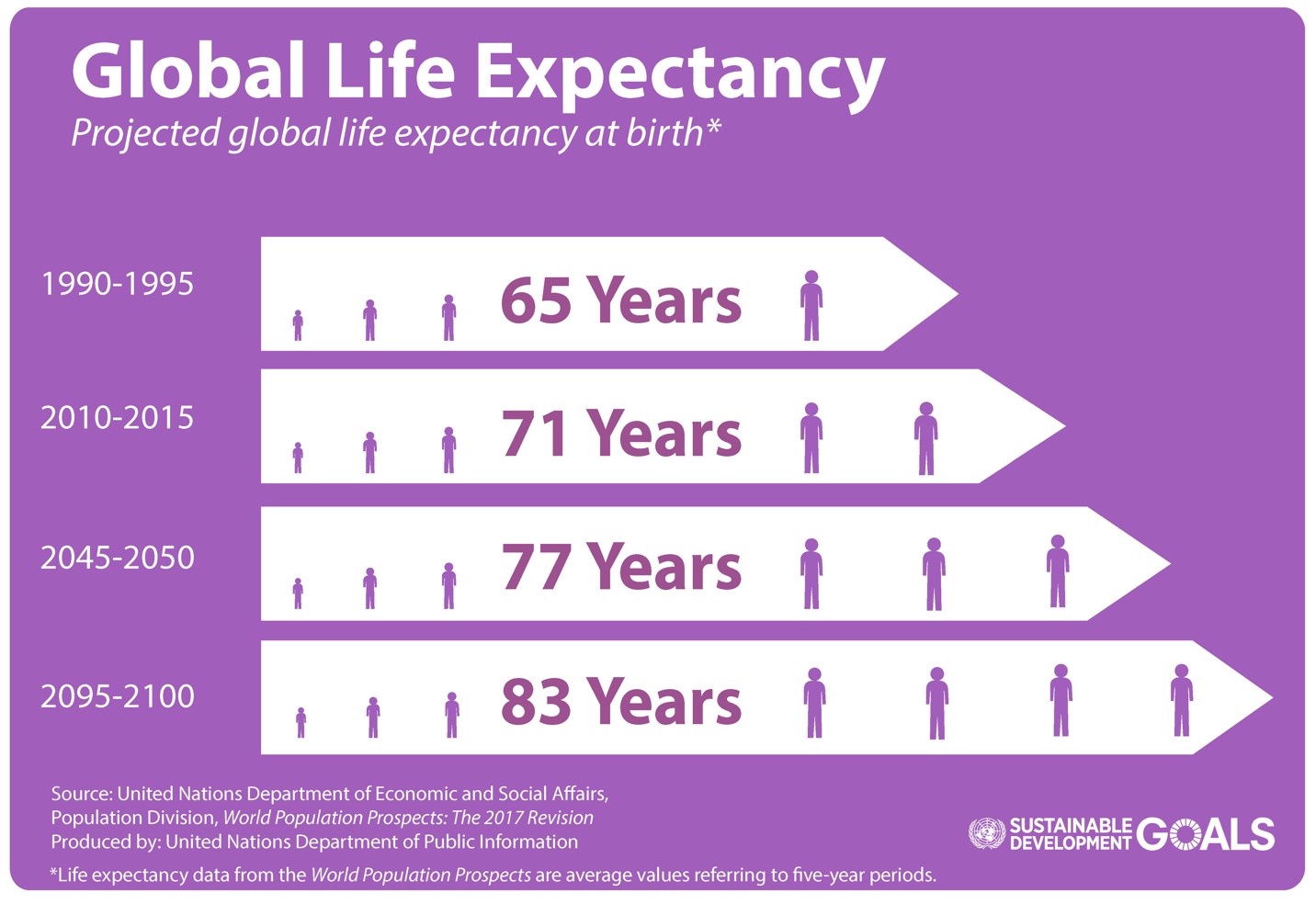The dramatic rise in life expectancy over the past centuries is a testament to advancements in various fields, primarily:
1. Medical progress:
- Vaccines and antibiotics: These have drastically reduced deaths from infectious diseases, especially among children. Notably, vaccinations against smallpox and polio alone have saved millions of lives.
- Improved childbirth and infant care: Developments in prenatal care, obstetrics, and neonatal medicine have significantly reduced deaths during childbirth and early infancy.
- Better treatments for chronic diseases: Advancements in pharmaceuticals and medical procedures have extended lifespans for people with chronic conditions like heart disease, cancer, and diabetes.
2. Public health improvements:
- Sanitation and hygiene: Access to clean water, proper sanitation, and improved hygiene practices have significantly reduced waterborne and infectious diseases.
- Nutrition and food security: Better access to nutritious food and dietary knowledge have contributed to overall health and improved life expectancy.
- Safer working conditions and lifestyle changes: Regulations and efforts to improve workplace safety, coupled with increased awareness of healthy habits like regular exercise and smoking cessation, have also played a role.
3. Socioeconomic factors:
- Higher education and income levels: Improved access to education and higher living standards are often associated with better healthcare, healthier lifestyles, and longer lifespans.
- Social safety nets: Programs that provide healthcare and financial support, particularly to vulnerable populations, can further contribute to increased life expectancy.
It’s important to note that these factors haven’t had equal impact everywhere. Life expectancy still varies significantly across different countries and regions, reflecting discrepancies in healthcare access, poverty levels, and social safety nets.
The future of life expectancy:
While the trend of increasing life expectancy is likely to continue, its pace and distribution are not guaranteed. Addressing factors like income inequality, access to healthcare, and emerging health challenges will be crucial to ensure everyone benefits from these advancements.



